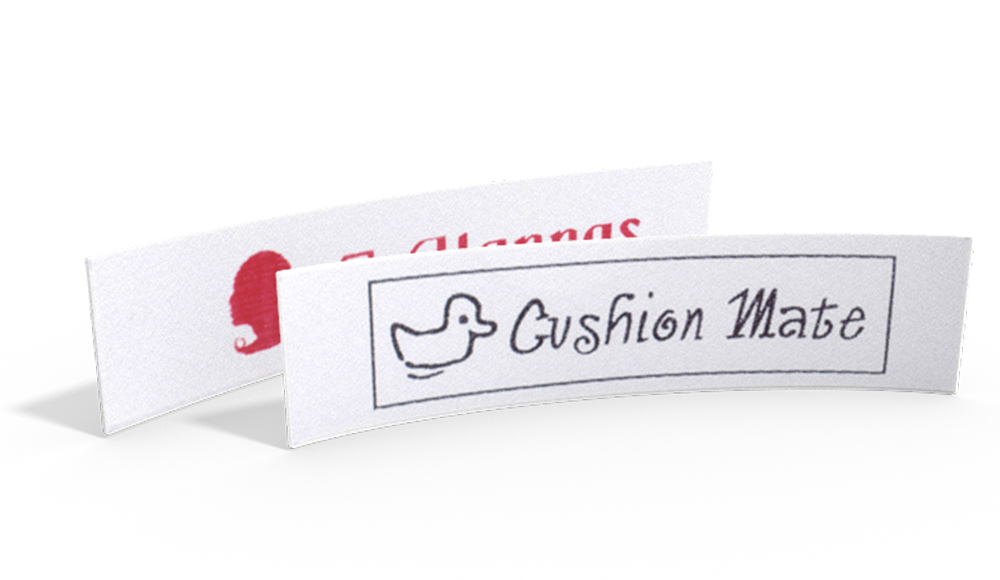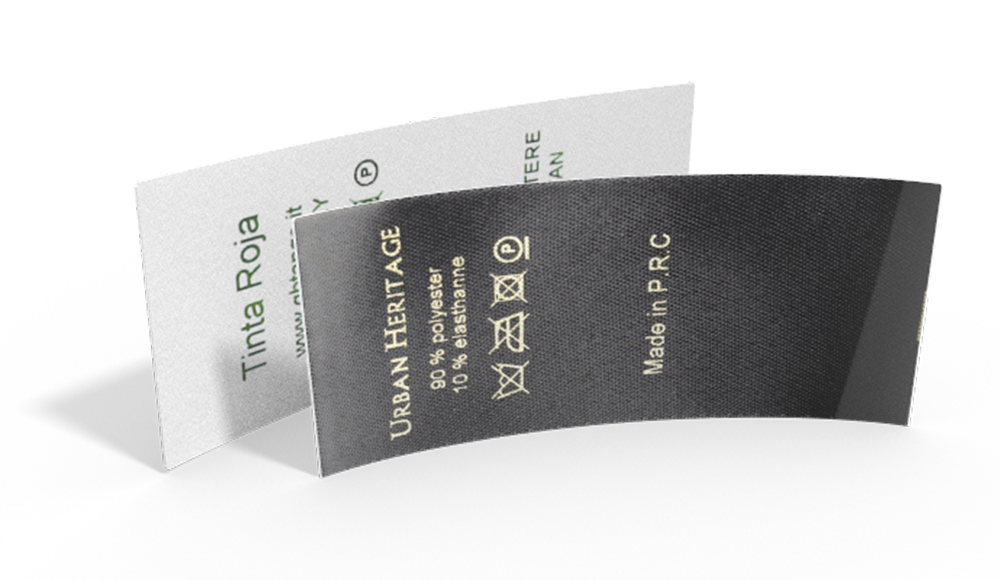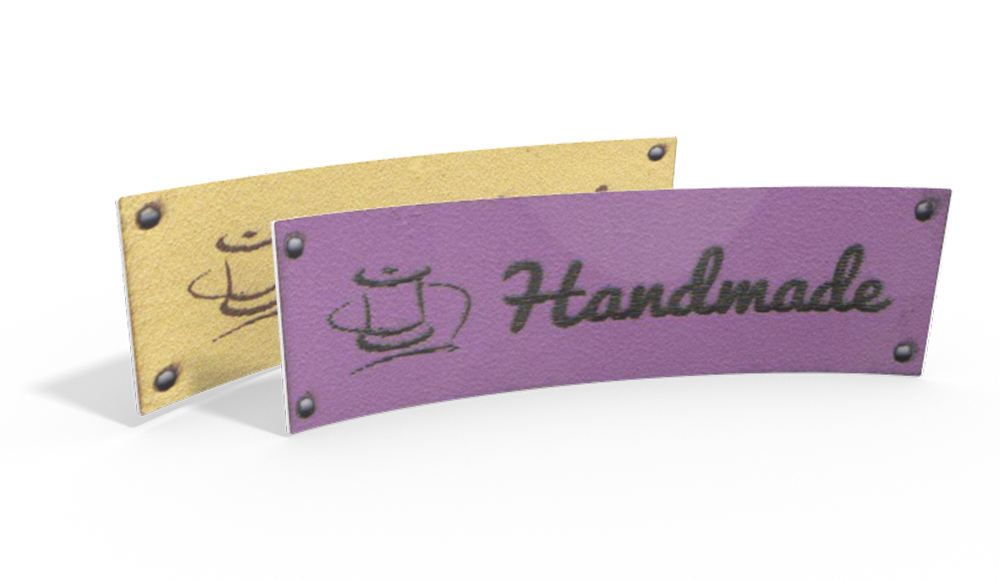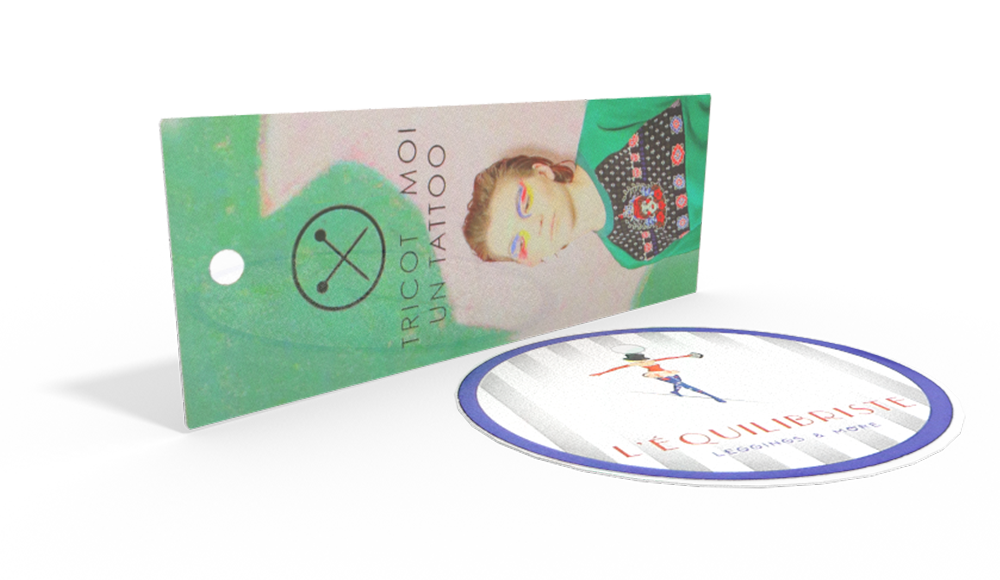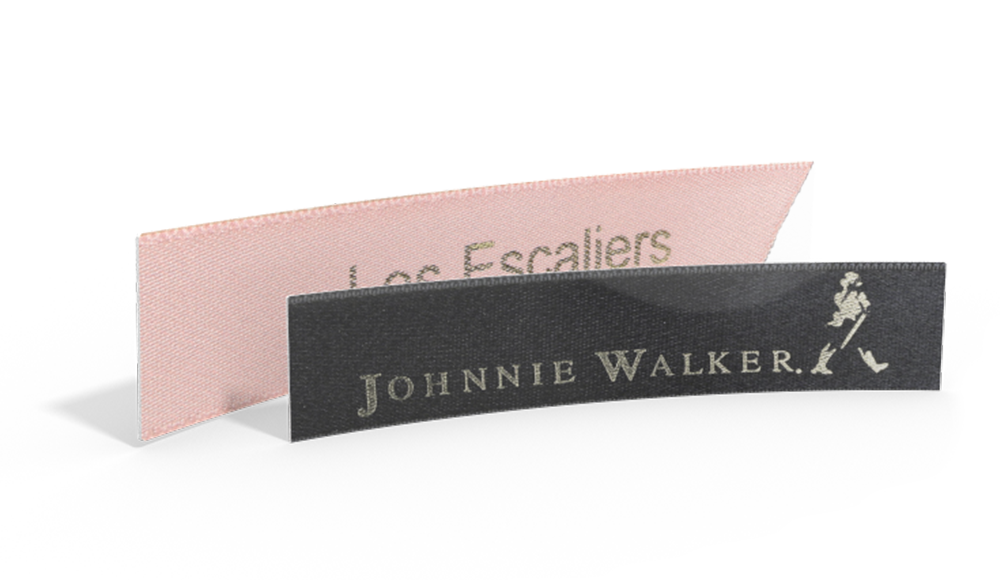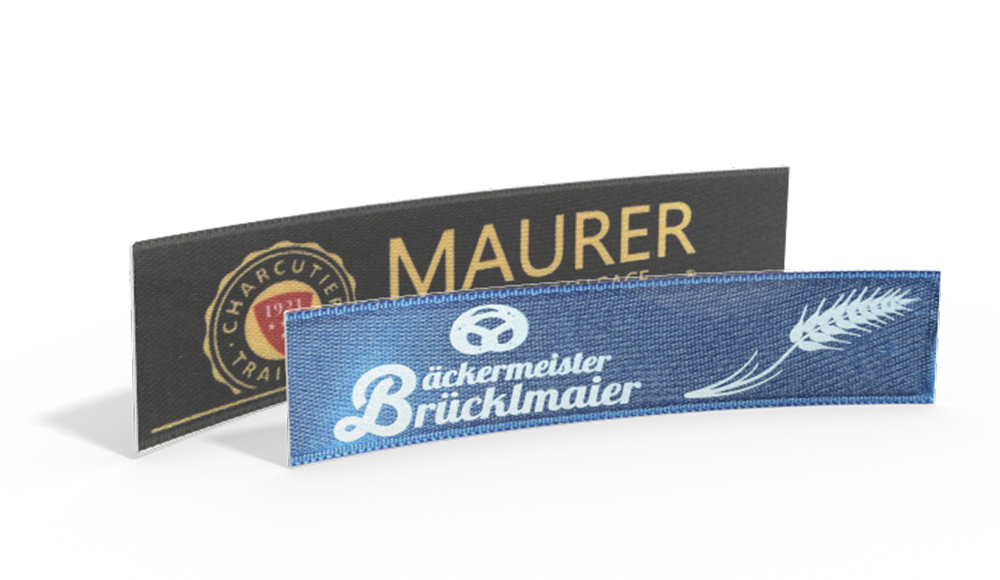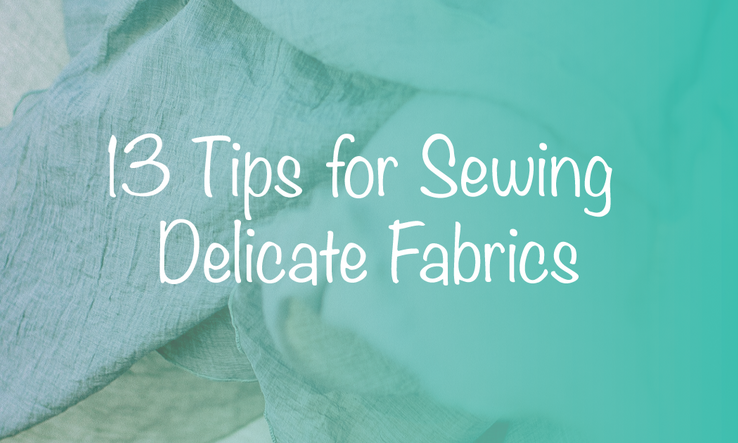Lightweight and delicate fabrics are perfect for summer garments, floaty curtains, fun kids' wear, and more. There are so many to choose from, like lace, chiffon, organza, and delicate tissue taffeta. Though these beautifully light fabrics all look and feel very different, they all have one thing in common: some special quirks that can catch unwary sewists off guard. They're no harder to work with than any other fabric, however, as long as you know what to expect. From choosing the right patterns to cutting slippery fabrics to getting that perfect finish, check out these tips and tricks for making your projects turn out right no matter how delicate your fabric.
1. Use a walking foot
A walking foot is designed to help both layers of your fabric move under the needle at the same time. With lightweight or delicate fabrics, this keeps the weave from stretching and warping your seams, and it's also helpful for keeping slippery fabrics like satin from drifting while you stitch. If you can't use a walking foot, try raising the height of your standard presser foot to reduce the pressure it applies to your fabric. The effect isn't quite the same, but it can be helpful in a pinch.
2. Stay stitch curves
Loosely woven, lightweight fabrics can easily stretch under their own weight, especially along the bias. Whenever your pattern calls for curves, such as along armscyes, collars, and hemlines, add a line of stay stitching inside the seam allowance. Straight seams cut along the bias can likewise benefit from stay stitching. The support of this simple line of stitches will help keep your pieces true to their shape and size, giving your finished project a professional-looking finish.
3. Interline garments
If your pattern requires a little extra stability, consider using an interlining. This is a light- to mid-weight fabric, often with a non-stretch, twill weave, that provides extra sturdiness for your fashion fabric without the stiffness of interfacing. The easiest way to interline a garment is to cut out your pattern pieces in your interlining fabric, lay your delicate fashion fabric on top, and stitch around the edges within the seam allowance. These interlined sections can now be treated as one piece when creating your finished garment. Keep in mind that interlining isn't always appropriate; draped garments, or anything else that needs to retain the delicate nature of lightweight fabrics should not be interlined.
4. Use the right needle
You should always start a new project with a new needle in your sewing machine, but it's especially important when you're sewing with delicate fabrics. Woven from very fine fibers, these fabrics are easily damaged by needles that have developed hooks at their points from overuse. For loosely woven fabrics and knits, a ballpoint needle is appropriate; these blunted needles push aside fibers rather than cutting them, thus avoiding any fraying or raveling.
5. Avoid backstitching
When starting or finishing a seam by machine, sewists typically reverse for a few stitches, known as backstitching, to lock the seam in place. With delicate fabrics, however, this can cause the fabric to bunch up and leave unsightly pulls, or even to get sucked down into your bobbin mechanism. Instead of backstitching, leave extra-long thread tails and knot them together by hand to anchor your seams without damaging your fabric. As always, test your thread, needle, and tension settings on a scrap piece of your fabric before starting in on your actual seams to avoid damaging your project.
6. Use a large table
Whether you're cutting out your pattern pieces or stitching together your projects, make sure your work surface is large enough to support your entire length of fabric. Delicate fabrics tend to stretch under their own weight, which can distort the grain line and the shape of your pattern pieces unless your material is well supported. Opt for the floor if your cutting table isn't big enough. Similarly, when sewing, keep your work well supported both in front of and behind your needle. A drop-in sewing table keeps your sewing machine's deck at the same height as the rest of your work surface, and can make this task a bit easier. Even support across your work surface will keep your seams from puckering and stretching out of shape as you sew.
7. Cut one layer at a time
Delicate fabrics can be tricky enough to cut under the best circumstances. They're easy to snag or stretch, and can be quite slippery. Instead of cutting multiple layers at once, lay out your pieces and cut from a single layer, flipping over pattern pieces that are meant to be cut on the fold. A sharp rotary cutter can make cutting delicate fabrics much easier. Use a new blade for the best results. Pins are likely to slip in delicate fabrics, so opt for pattern weights to keep your pieces in place. Avoid cutting notches to mark your pattern pieces; a tailor's tack, or a single stitch of colored thread in the seam allowance can serve the same purpose without damaging your fabric.
8. Consider stabilizer
There are many different options for stabilizing delicate fabrics while you're working with them. These range from tear-away and dissolvable options to simple layers of tissue paper sandwiched around your project while you work. Another option is spray starch, which works well for projects requiring just a touch of stiffening or a little help to prevent slipping, but not significant support. Stabilizers also provide extra help with pinning. Pins tend to slip out of delicate fabrics, and while basting and tailors' tacks are options, if your fabric could also use some support, stabilizer can serve that dual purpose.
9. Practice rolled hems
Tiny rolled hems are the perfect way to finish off a project made with delicate fabric. They don't weigh down the edges and allow your fabric to drape and float just the way you want it to. There are several ways to create rolled hems. One of the easiest is by using a rolled hem or narrow hem foot on your sewing machine. Available in several sizes, these accessories roll the edge of your fabric under while you stitch, creating an even, narrow hem without having to press the entire length. For an even finer finish, stitch your rolled hem by hand. Using this technique, you can create hems that are almost invisible from both the right and the wrong sides of your work.
10. Finish your seam allowances
Delicate fabrics are prone to fraying. You can reinforce your seams, prevent damage, and make wearable projects more comfortable by finishing off your seam allowances. There are many ways to do this. Self-finishing techniques, like French or flat-felled seams, work particularly well on straight seams, though they may work on gentle curves as well. Other options include serging or overlocking, which can be done on a dedicated machine, or with a mock-serge stitch on a conventional sewing machine. You can also bind seam allowances with bias tape, which provides a very nice look for unlined garments.
11. Don't over-embellish
When it comes to delicate fabrics, it's best to let their elegant textures stand for themselves. With a loose weave or fine fibers, these fabrics don't hold up well to added beading, set-in studs or eyelets, or weighty appliques. If a little extra decoration is called for, try contrasting stitching or a bit of embroidery. Easy hand embroidery stitches like "lazy daisies" are an adorable touch and quite simple to make even if you've never embroidered before.
12. Use the right thread
Choosing the right thread to match your project is just as important as choosing the right needle. In fact, the two go hand in hand. A needle that's too small for your thread will cause the thread to break or shred, making for uneven tension in your seams. A thick thread and heavy needle will make your seams stiff and bulky, and leave larger than necessary holes in your fabric. In general, you should try to match the thread type to the fiber in your fabric; this will help your thread and your fabric wear evenly over time.
13. Pick appropriate patterns
Soft, delicate fabrics don't lend themselves to highly structured garments. If your pattern calls for lots of darts and careful tailoring, stay away from sheer and delicate fabrics. Instead, choose patterns with gently flowing lines to show off the drape and movement of your fabric to its utmost. For patterns with a small amount of tailoring or shaping, the trick of interlining your delicate fabrics can provide the structure you need without the hassle of trying to match colors or patterns in another type of fabric.


